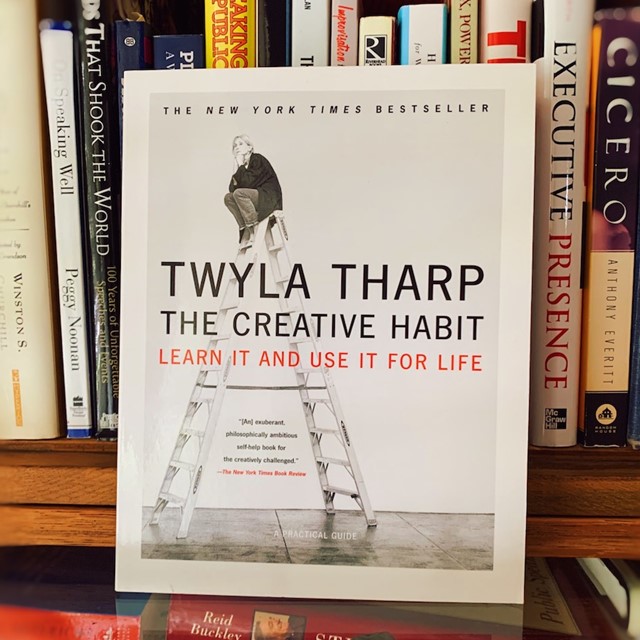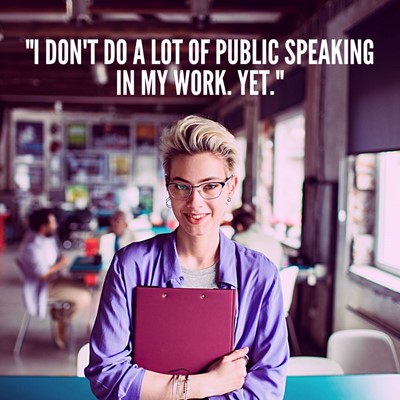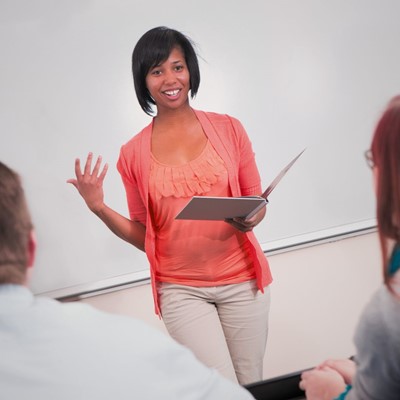
A favorite question in every class we lead is this: What public speaking books do you suggest we read? Our shelves are loaded with choices and occasionally we feature a pick from new books we've come across and old favorites we go back to again and again.
By JENNY MAXWELL
The Creative Habit: Learn it and use it for life
Twyla Tharp
When it's my turn to wrap up a Buckley School public speaking course, I like to tell students to think of how the coaching they've endured at our hands can also be a gift: "You'll never have to sit through a boring speech again," I say.
That's because they can do what we do—take out a notepad, jot ideas down, and think about how to enliven that dull presentation. The not-so-good speech or ho-hum meeting becomes a pretty great way to keep learning and improving.
I came across the same idea in choreographer Twyla Tharp's book The Creative Habit. She says when she finds herself looking at her watch during a dance performance, it has become her cue to take the performance apart and reimagine it. "I don’t do this to be mean-spirited," she writes. "I'm well aware of the compromises that have to be made with every production. But it's a good exercise. I'm challenging the assumptions. It sharpens my fighting skills."
She goes on to explain how Jerome Robbins took this approach even further:
I learned this from Jerry Robbins, a true man of the theater, who made a point of going to see everything because he could find something useful in even the worst productions. He'd sit there, viewing the catastrophe onstage, and imagine how he would have done it differently. A bad evening at the theater for everyone else was a creative workout for him.
Tharp's book on expanding your creativity might not seem an obvious choice for improving public speaking. But as a choreographer and dancer, she has a lot in common with those of us making presentations—a desire to connect with audiences, explore meaning and messages, and discover how to use the body and the stage to get those messages across.
Her exercises for getting out of rut and generating fresh ideas are especially helpful. And she will challenge you to work harder with her stories of how she's regularly re-evaluating and pushing herself, never a bad thing.
"If art is the bridge between what you see in your mind and what the world sees, then skill is how you build that bridge."
– Twyla Tharp in "The Creative Habit"
Below, a recent interview with Tharp on moving the body and learning from failures:






